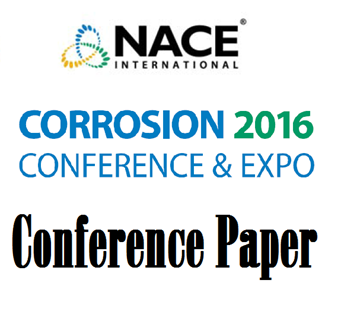Search
Products tagged with '2016 Conference Papers'
View as
Sort by
Display
per page
Design, Test and Manufacture of Radar Absorbing Materials for Australian Defence Platforms
Product Number:
41216-943-SG
Publication Date:
2016
$20.00
Developing an Efffective Coating Specification
Product Number:
51216-017-SG
Publication Date:
2016
$20.00
Development of Materials and Process Metrics for High Performance Abrasive Blast Surface Preparation
Product Number:
41216-977-SG
Publication Date:
2016
$20.00
Effect of Surface Preparation of Coating Performance
Product Number:
41216-953-SG
Publication Date:
2016
$20.00
Effects of Scratch Defects in Epoxy Coating of Steel Reinforcing Bars Embedded in Structural Concrete
Product Number:
41216-968-SG
Publication Date:
2016
$20.00
Formulators in the Field: The Effect of Over-Cure or Under-Cure of Polyclamine Cured Epoxy Linings
Product Number:
41216-993-SG
Publication Date:
2016
$20.00
Fusion Bonded Epoxy Coatings (FBE) and Disbondment
Product Number:
51316-7246-SG
ISBN:
7246 2016 CP
Publication Date:
2016
$20.00
Impact and Abrasion Resistant Coatings and Overlays for Immersion Structures in Severe Environments
Product Number:
51216-003-SG
Publication Date:
2016
$20.00
Improvement of Weather Resistance for Epoxy Based Coatings on Marine Structures
Product Number:
51216-008-SG
Publication Date:
2016
$20.00












